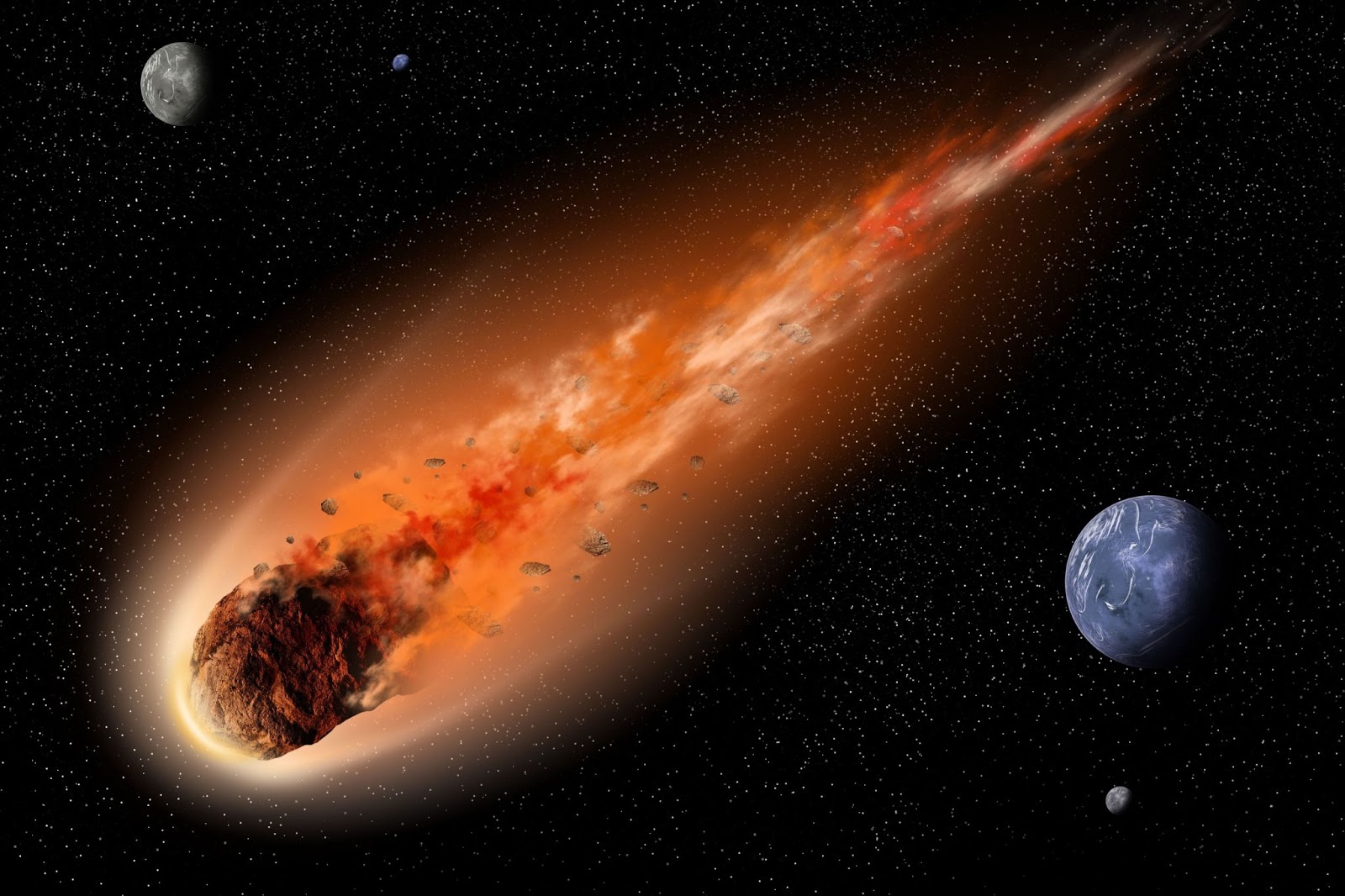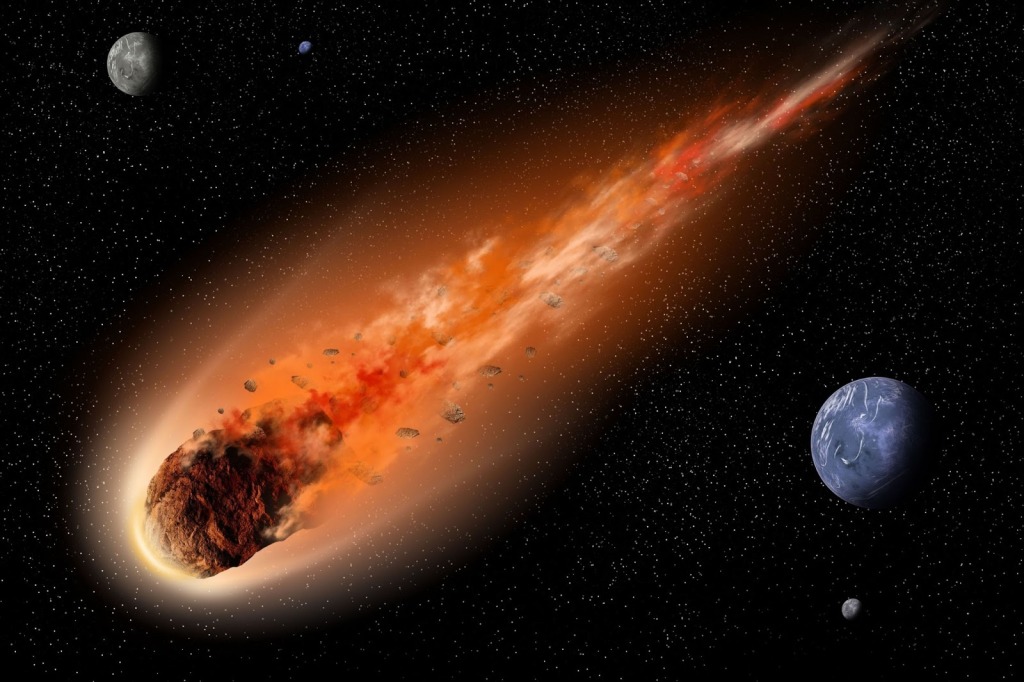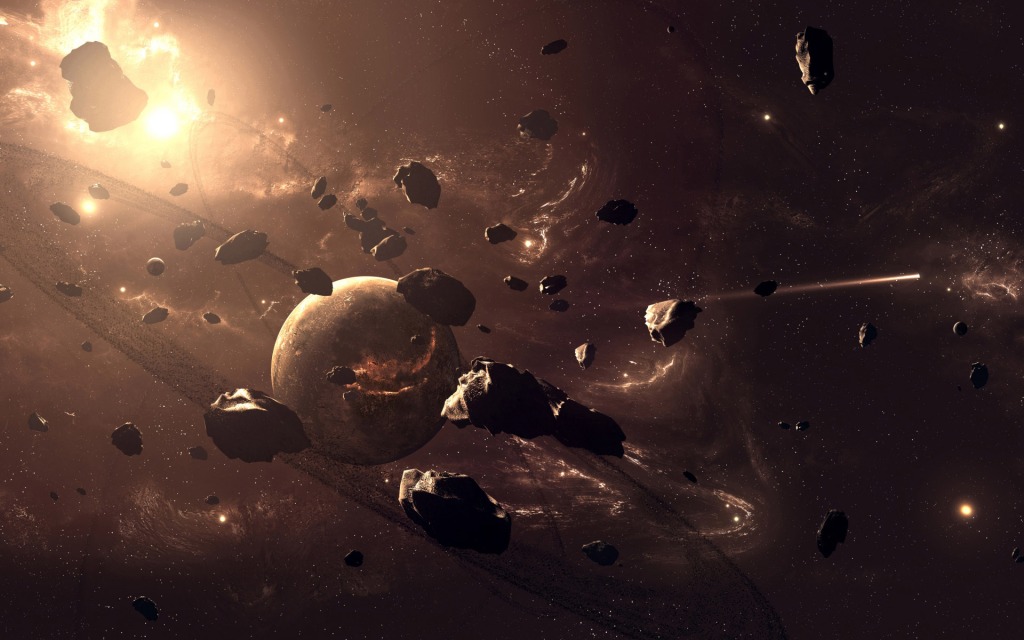Science
What Actually Are Asteroids?

As said that there are only nine planets earlier and now they are eight planets considered and the Pluto was rejected to say that it as a planet. Well later this Pluto planet was considered as an Asteroid. Asteroid are nothing but small planets especially that revolve around the Sun in the inner Solar System. There are even planets that are a bit larger than that of Asteroids named as the planetoids. These terms asteroids and planetoids can be named to any astronomical surface or the object which all revolves all around the Sun and they should not look like that of a circular position of a planet and they should not possess the characteristics of an active comet, but there are some small planets that are discovered in the outer Solar System but their rough surfaced structure is found to be more closely resembled as that of the comets and are parted from the traditional asteroids. Thus the word asteroid has come into existence generally to specify the small surfaces of the inner Solar System till the region of Jupiter. These asteroids are combined together with the outer bodies of the solar system such as the centaurs, Neptune Trojans and Trans-Neptunian objects as the small planets which is scientifically named as that in the astronomical circles.

Presently there are many number of asteroids in the Milky Way Galaxy where many of the people thought that these asteroids are formed due to the collisions of the planetesimals, which are present only in the young Sun’s solar family that will never increase in size to become planets. There are many number of asteroids between the planets Mars and Jupiter and or with the co-orbital Jupiter or the Jupiter Trojans. But, any how there are many other orbital families that are present with the huge populations including the Earth asteroids. There are even many independent asteroids and are classified depending upon their characteristics spectra such as they are classified into three main groups. They are as follows.
- C type
- S type and
- M type

These are generally classified by only single letter because the letter C stands for carbon-rich because those asteroids which are classified under C type are rich in Carbon, whereas S stands for Stony and M stands for metallic compositions respectively. There is only one asteroid and four Vesta which has a relatively reflective surface and they are visible to the naked eye if and only the entire sky becomes dark and it should be in a particular favorable position. But sometime and not all the times small asteroids move or pass away from close to the earth and may be visible to the naked eye for a shot period of time. As of September 2013 the Minor planet Center had data on more than one million objects and of which only 625,106 gas enough information to be given numbered designations.
-

 Tech11 years ago
Tech11 years agoCreating An e-Commerce Website
-

 Tech11 years ago
Tech11 years agoDesign Template Guidelines For Mobile Apps
-

 Business6 years ago
Business6 years agoWhat Is AdsSupply? A Comprehensive Review
-

 Business10 years ago
Business10 years agoThe Key Types Of Brochure Printing Services
-

 Tech8 years ago
Tech8 years agoWhen To Send Your Bulk Messages?
-

 Tech5 years ago
Tech5 years ago5 Link Building Strategies You Can Apply For Local SEO
-

 Law5 years ago
Law5 years agoHow Can A Divorce Lawyer Help You Get Through Divorce?
-

 Home Improvement6 years ago
Home Improvement6 years agoHоw tо Kеер Antѕ Out оf Yоur Kitсhеn































